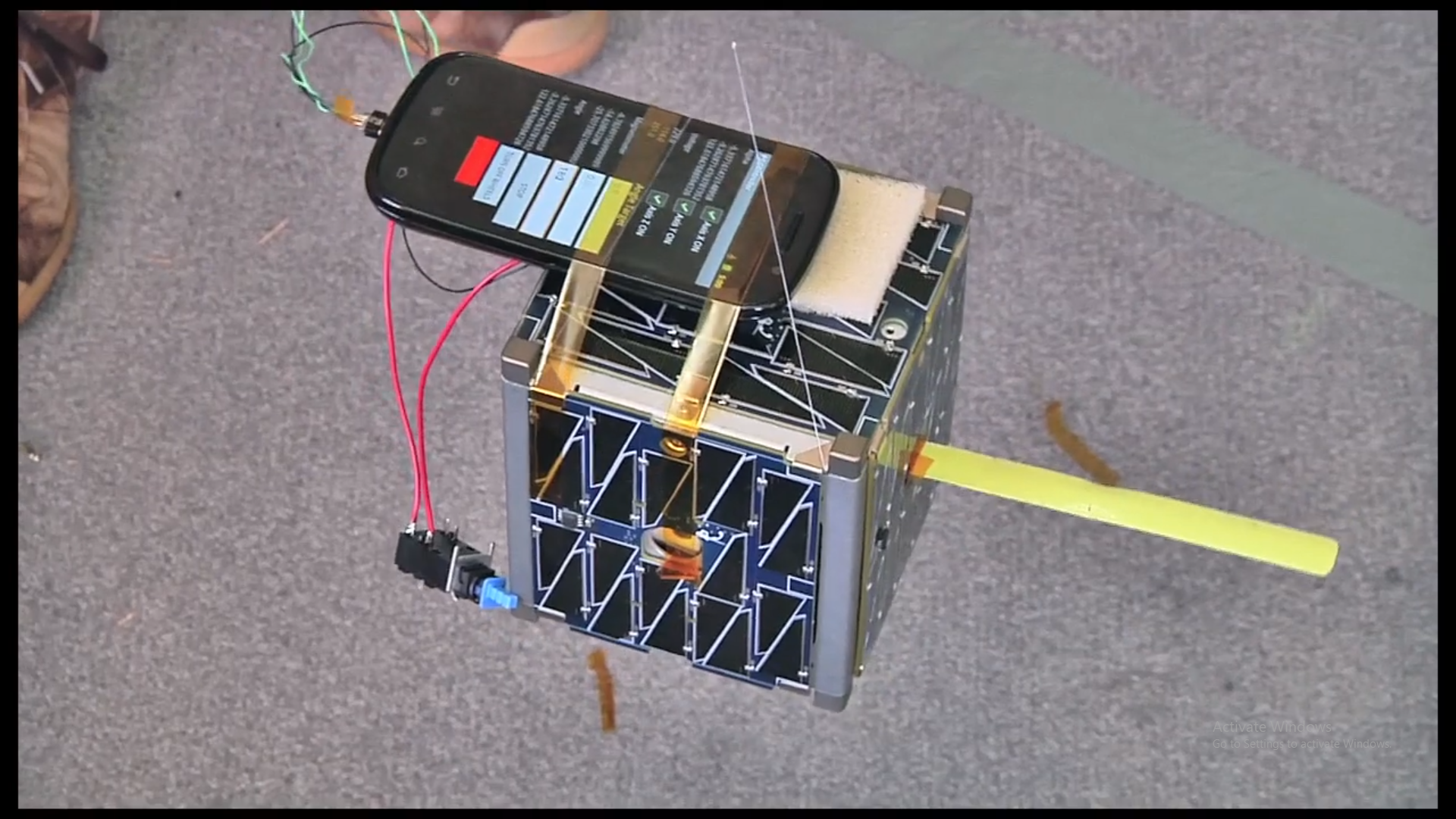NASA PhoneSats use Android phones to send data from orbit
Earlier this week, NASA launched three smartphone satellites, called “PhoneSats”, into orbit. They rode into space aboard the maiden flight of Orbital Science Corp.’s Antares rocket from NASA’s Wallops Island Flight Facility in Virginia.
They were sent into orbit as a part of test to determine whether a consumer-grade smartphone can be used as the main flight avionics of a working, low-cost satellite, and it certainly can. The three PhoneStats, which may end up being the lowest-cost satellites ever flown into space, have been transmitting signals and sending photos down to earth. Several people have already informed NASA that they’ve received the transmissions.
The PhoneSat team at the Ames Research Center in Moffett Field, California is currently monitoring the satellites and will continue to do so until the satellites burn up in the atmosphere in about two weeks. The satellites are using a Google-HTC Nexus One that is encased in four inch metal cubes and are running on the Android operating system.
A few changes were made to turn the smartphones into satellites such as the addition of an external lithium-ion battery bank and a more powerful radio for messages it sends from space. “Smartphones offer a wealth of potential capabilities for flying small, low-cost, powerful satellites for atmospheric or Earth science, communications, or other space-born applications.
They also may open space to a whole new generation of commercial, academic and citizen-space users,” said Michael Gazarik, NASA’s associate administrator for space technology in Washington. Imagine a future where thousands of cube encased smartphones are flying around space, streaming footage to YouTube.



